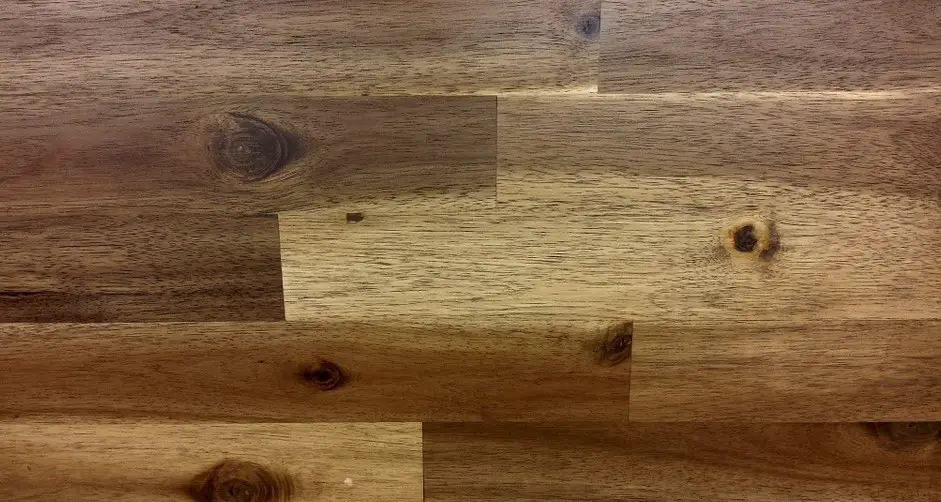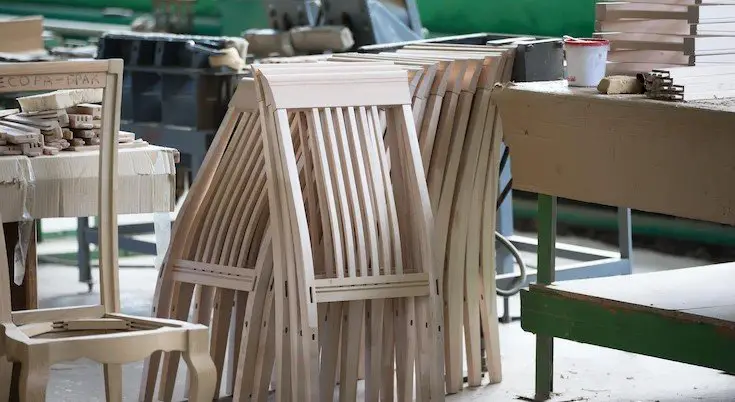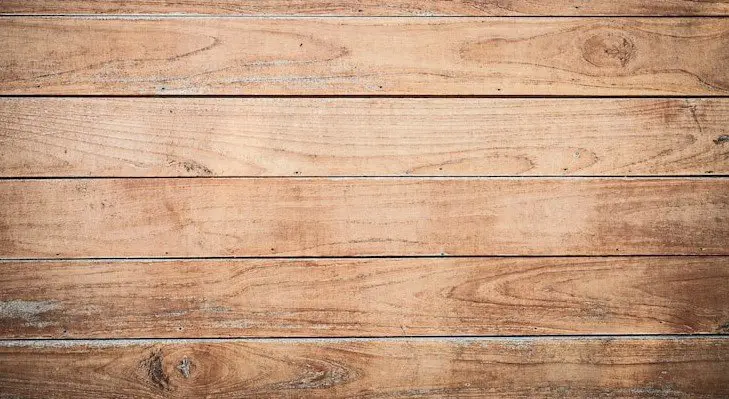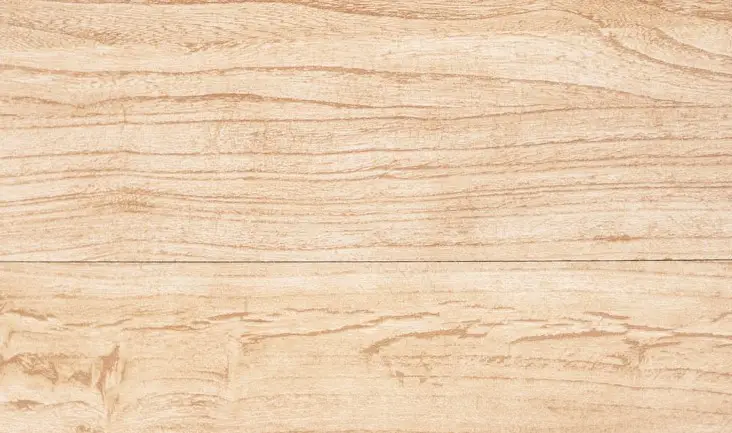Last Updated on July 14, 2023 By Emma W. Thomas
Birch is a popular wood choice for furniture due to its desirable properties. It is known for its strength, durability, and attractive light-colored appearance. Birch furniture is resistant to warping and bending, making it a reliable option for long-lasting pieces. It also has a smooth texture, making it ideal for finishing and polishing. Birch is versatile and can be used in various furniture styles, from traditional to modern.
Why is Birch an excellent option for making furniture?

Birch makes a good choice for making furniture due to its outstanding factors, including;
Strength
Birch has a relatively high bending and comprehensive strength compared to other types of wood. Due to its extreme strength, this wood is excellent for making cabinets, flooring, furniture, and high-quality plywood.
Birchwood has exceptional crushing strength and shock resistance making it ideal for most woodwork. The table below shows the comparison between Birch and other woods in terms of comprehensive & bending strength and Janka hardness rate.
Factors | Birch | Oak | Pine | Maple |
Comprehensive strength | 8170psi | 6760psi | 4800psi | 7830psi |
Bending strength | 16600psi | 14300psi | 8600psi | 15800psi |
Janka hardness rate | 1260lbs | 1290lbs | 1380lbs | 1450lbs |
Affordability
Birch is among the cheapest type of hardwood available. Due to its exceptional qualities and cost-effectiveness, many furniture makers choose this wood for kitchen cabinets and other projects.
High tensile strength
Birchwood has a high tensile strength giving it reliable structural integrity. It holds screws and nails well, making substantial and sturdy furniture pieces. Its tensile strength makes it long-lasting furniture since it can withstand harsh environmental elements without getting damaged.
It is a robust hardwood
Since Birch is tight hard-grained wood, it withstands knife edges without getting dents or scratches. This property makes it ideal for chopping boards helpful in cutting vegetables, meat, and fruits. Birchwood is, therefore, strong and safe for use with food materials.
What are the primary uses of Birch?

In earlier years (between the 1960s and 1970s), Birch was used primarily to make furniture. But, today, this lumber has other uses, such as in plywood and shelving. It is also incorporated into the invisible parts of the furniture like the upholstered chair or sofa frame. The lumber is also applicable in the manufacture of wood kitchen cabinets, bowls, gun stocks, and flooring.
Birch is used in the manufacture of musical instruments such as speaker cabinets. This wood has an inherent resonant quality that helps produce an excellent tone and depth compared to other types of lumber.
Birch plywood gives the speaker cabinets a rich, resonating deep base. It also gives a sustain in guitar bodies that cannot be achieved with other materials such as mahogany, ash, or alder.
What are the pros and cons of using Birch for furniture making?
Different birch wood species exist, including white, yellow, and sweet. You can recognize Birch by its characteristic amber-to-white shade. This lumbar has broad brown figures and is mainly used in the manufacture of furniture, cabinets, panels, and doors.
Some of the advantages of Birch include;
It is an excellent source of veneer
A veneer is a thin wooden layer that overlays other products like fiberboard, plywood, and particleboard. One of the most commonly used hardwood plywood is made from birch veneer. Shop-grade or economy birch plywood is an expensive product that helps save up to 75% on the cost of making cabinets as compared to cherry or maple. But, one of the downsides of using shop-grade Birch is its thin layer of veneer (less than 1/16-inch) which makes it delicate to use.
There is also Baltic birch plywood (imported from Europe), whose veneer layer is thicker. While Baltic Birch is highly-priced, it is among the most long-lasting products.
It is readily available.
Birch is readily available, making it a good choice for cabinetmakers and woodworkers. But, if the plywood is allowed to sit in the stores for an extended period, it may get dirt, water spots, and scratches. It is, thus, necessary to inspect the products before purchasing.
It has pleasant tones.
Birch shows a natural golden color when finished without staining. This pleasant and warm shade gives the cabinets a very appealing appearance.
Easy to work with
Birch holds glue, nails, and screws well, making it easy to work with, but it may require pre-drilling for smaller screws and nails. Birch is naturally resilient and does not shatter or splinter readily like other hardwoods upon encountering high-speed knives or blades.
The disadvantages of using Birch include;
Not easy to stain
Birch has a coarser texture than maple making it not take in stains easily. The wood does not give a smooth finish or glassy appearance like maple. Since Birch is lighter in color, applying a stain on it results in mixed results. Using darker stains on Birch may lead to blotching since they do not get absorbed evenly.
It may be perishable.
Birchwood can decay and rot upon exposure to weather and be infested by bugs. The lumber is thus, considered perishable though it has very few oppositions. Birch may have a moderate blunting effect on woodworking machinery blades when cut. It has interlocking grain patterns that turn at 90 degrees.
What are the differences and similarities between Birch and beech wood?

Birch and birch woods have some similarities, including;
- They have similar applications and color
- They have a negligible density difference, i.e., 1260 for common birch varieties and 1300 for beech on the Janka scale.
- Most beech and birch lumber in the US is a mixture of sapwood and heartwood.
- They are both hard to cut with dulling effects on saw blades.
Some of the differences include;
- Birch is more valuable as veneer than Beech.
- Birch plywood cabinets rank among the most widely used and affordable in the US. Beech lumber is mainly used for knobs, specialty handles, and turnings.
- Beech lumber is preferred for making chairs and furniture curves, while Birch is used for interior trim work like flooring, millwork, and doors.
Can you use Birch outside?
Birch is not suitable for outdoor uses since it is not rot-resistant. It is also not durable enough to withstand external weather conditions unless it has a protective coating. It may be costly to finish the wood for use outside as the furniture has to be sealed and finished correctly—the finishing requires the application of several coatings with special techniques.
Birch has no water-proofing ability and is sensitive to the air’s moisture content. When the moisture content is high, the lumber expands and contracts, making it unsuitable for outdoor furniture use.
Another factor that makes Birch unsuitable for outdoor furniture is that it is pretty heavy.
Is Birch Wood Strong Enough for Cabinets?
Yes, Birchwood is generally considered strong enough for cabinets. Birch is a hardwood known for its strength and durability, making it a suitable choice for cabinet construction. It has a high density and can withstand heavy use and weight. Birch cabinets can effectively hold and support kitchenware, dishes, and other items commonly stored in cabinets.
However, it’s important to note that the strength of the wood also depends on the construction and quality of the cabinets themselves. Proper construction techniques, such as using solid birch for the cabinet frames and quality joinery, will contribute to the overall strength and longevity of the cabinets.
Is Birch a Hardwood?
Birch is indeed classified as a hardwood and is widely recognized for its strength and durability. It belongs to the Betula genus and is known for its distinctive pale yellow-to-white color, with occasional reddish-brown streaks. The wood has a medium to fine texture and a straight, even grain pattern, which makes it attractive for various applications. Here are some key characteristics and uses of Birch as a hardwood:
- Hardness: Birch is moderately hard and falls in the mid-range of hardwoods. On the Janka hardness scale, which measures the wood’s resistance to indentation, yellow birch is rated at approximately 1,260 lbf (pounds-force), while white birch has a slightly lower rating of around 930 lbf. This hardness makes Birch suitable for furniture and flooring, as it can withstand regular use and resist wear and tear.
- Durability: Birch is known for its durability and resistance to decay. With proper finishing and maintenance, birch wood products can last for many years. This makes it a popular choice for building construction, cabinetry, and woodworking projects where strength is required.
- Versatility: Birch wood is highly versatile and can be easily machined and worked with hand tools or machinery. It has good bending properties and can be steam-bent for various applications. Its smooth surface also allows for easy finishing, staining, and polishing, enabling the wood to be customized to suit different design preferences.
Conclusion
Birch is strong and durable, making it a good choice of wood for furniture. But, its poor rot-resistance properties and susceptibility to environmental factors such as sunlight, wind, and rain make it not suitable for use outdoors.
References:
https://homeguides.sfgate.com/birch-wood-good-furniture-104285.html
https://www.hunker.com/13401237/the-pros-and-cons-of-birch-wood
Emma is a graduate of Domestic Science or Family and Consumer Sciences (Home Economics) from the University of Wisconsin. She has 7 years of experience Working with the strategic section of BestBuy and now writing full-time for Homeeon.
From Managing the Home, Interiors, Cleaning, and Exteriors to Gardening and everything about Making A Home Liveable – is her passion and this Homeeon is the result of this.
Emma loves decorating her home with the best stuff found online. She cares about quality over anything and writes reviews about them here in Homeeon. Get in touch with her over Pinterest.
Keep reading her blogs.

